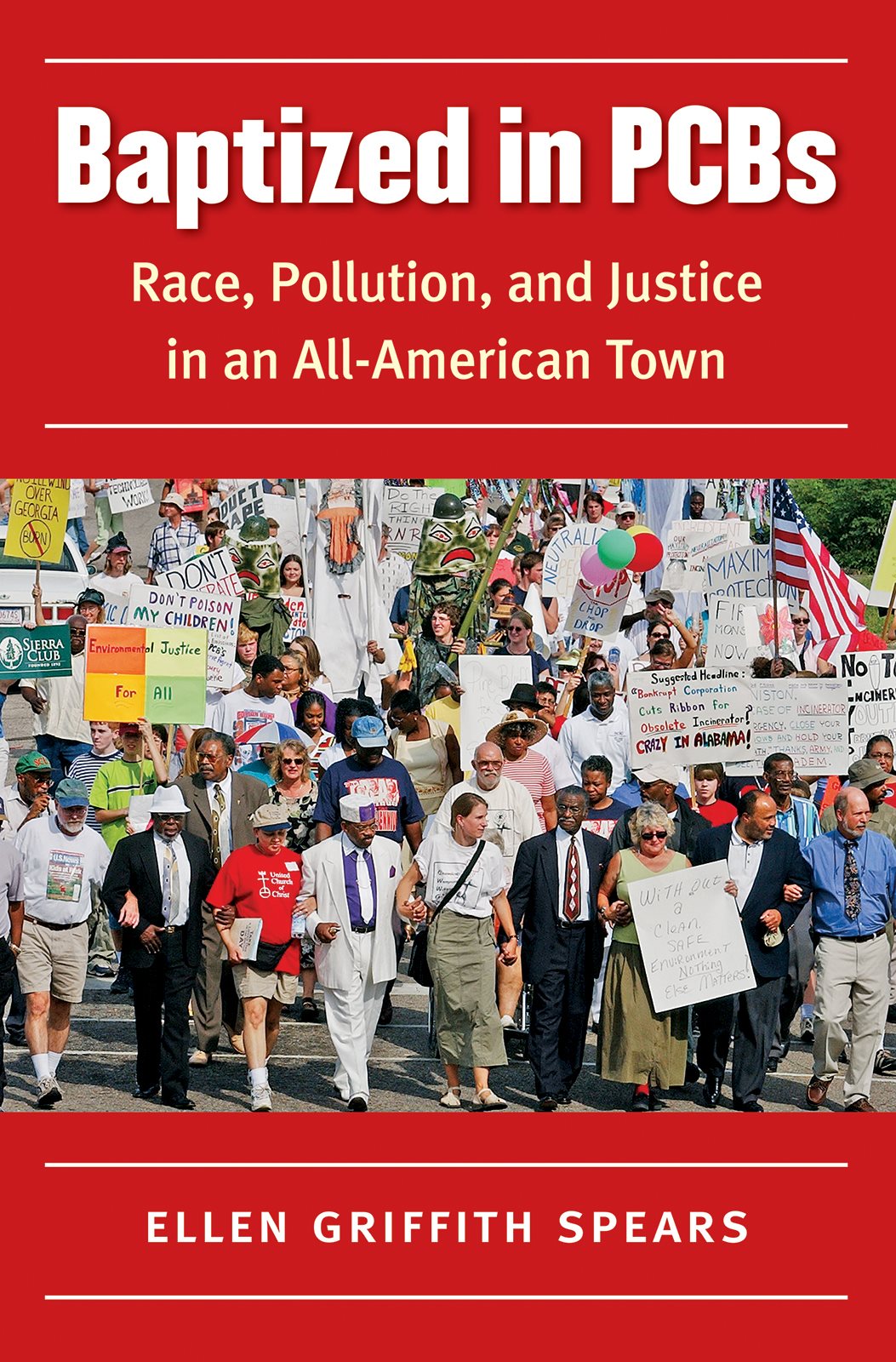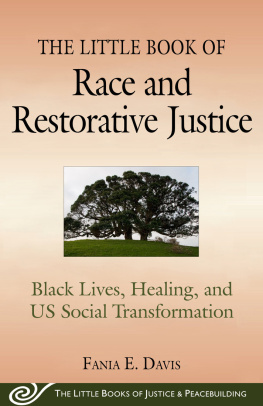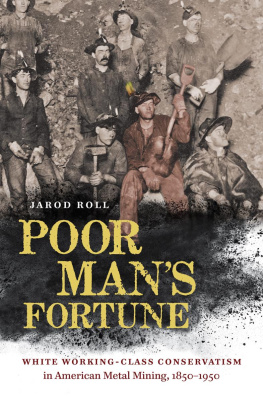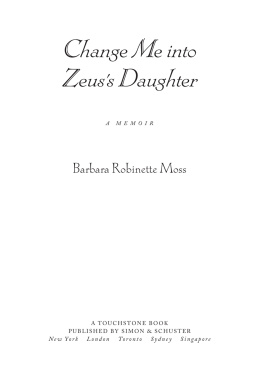
Contents
Baptized in PCBs
NEW DIRECTIONS IN SOUTHERN STUDIES
Editor
Charles Reagan Wilson
Editorial Advisory Board
Robert Brinkmeyer
Thomas Holt
Anne Goodwyn Jones
Alfred J. Lopez
Charles Marsh
Ted Ownby
Tom Rankin
Jon Michael Spencer
Allen Tullos
Patricia Yaeger
This book was published with the assistance of the William R. Kenan Jr. Fund of the University of North Carolina Press.
2014 ELLEN GRIFFITH SPEARS
All rights reserved. Manufactured in the United States of America. Set in Charter by codeMantra.
The paper in this book meets the guidelines for permanence and durability of the Committee on Production Guidelines for Book Longevity of the Council on Library Resources.
The University of North Carolina Press has been a member of the Green Press Initiative since 2003.
Library of Congress Cataloging-in-Publication Data
Spears, Ellen Griffith.
Baptized in PCBs : race, pollution, and justice in an all-American town / Ellen Griffith Spears.
pages cm (New directions in Southern studies)
Includes bibliographical references and index.
ISBN 978-1-4696-1171-6 (cloth : alkaline paper)
ISBN 978-1-4696-2729-8 (pbk. : alkaline paper)
ISBN 978-1-4696-1172-3 (ebook)
1. Polychlorinated biphenylsEnvironmental aspectsAlabamaAnniston. 2. Polychlorinated biphenylsHealth aspectsAlabamaAnniston. 3. Anniston (Ala.)Environmental conditions. 4. Monsanto CompanyHistory. 5. Environmental justiceAlabamaAnniston. 6. Environmental healthAlabamaAnniston. 7. African AmericansHealth and hygieneAlabamaAnniston. 8. Working classHealth and hygieneAlabamaAnniston. 9. Anniston (Ala.)Race relations. 10. Anniston (Ala.)Social conditions. I. Title.
TD 427. P 65 S 68 2014
363.7384dc23
2013041122
Portions of this book have been adapted from Making Illnesses Visible: The Newtown Florist Club and the Quest for Environmental Justice in Gainesville, Georgia, in Emerging Illnesses and Society: Negotiating the Public Health Agenda, edited by Randall M. Packard, Peter J. Brown, Ruth L. Berkelman, and Howard Frumkin, 17190, 2004 The Johns Hopkins University Press, reprinted with permission of The Johns Hopkins University Press; and Reducing Environmental Burdens: A Southern Agenda, in American Crisis: Southern Solutions, edited by Anthony Dunbar, 200211, 2008 NewSouth Books, reprinted with permission of NewSouth Books.
For Brian
CONTENTS
MAPS AND ILLUSTRATIONS
Maps
I .1 Key sites in the history of PCBs |
I .2 Northeast Alabama, showing waterways impacted by PCBs |
8.1 U.S. chemical weapons sites |
8.2 Anniston Pink Zone Emergency Management areas |
9.1 West Anniston neighborhoods near the Monsanto/Solutia plant |
Illustrations
A Birds Eye View of Anniston, Ala. |
Black and white laborers in Annistons iron manufacturing industry, ca. 1920s |
Camp Shipp in the Land of Cotton |
John Francis Queeny |
Theodore Swann |
PCB-153, a component of a number of the Aroclors compounds Monsanto made in Anniston |
Edgar Monsanto Queeny |
Monsanto Chemical Company postcard |
Cecil Kent Drinker |
Its Plastics Picking Time down South |
Freedom Riders bus firebombed by a white mob in Anniston on Mothers Day, 1961 |
Calhoun County Improvement Association march, ca. 1971 |
Aerial view of the Monsanto curve |
Workers at Monsantos Anniston plant, ca. 1951 |
Monsanto laborers handling toxic chemicals in the early 1950s |
Chemist Sren Jensen receives the Great Prize of 1975 given by the Royal Swedish Academy of Sciences from King Carl XVI Gustaf |
Projection by Monsantos Ad Hoc Committee for the Defense of Aroclors of profit and liability options, October 1969 |
Chart by Monsantos Ad Hoc Committee for the Defense of Aroclors showing the consequences for profits of its three options for addressing its PCB problem |
Hog Analysis Results, December 1970 |
View of the Monsanto plant from the South Landfill |
Monsantos South Landfill during the reconstruction of Highway 202 |
Know Your Zones |
Southern Christian Leadership Conference leaders join Families Concerned about Nerve Gas Incineration and the Chemical Weapons Working Group in protesting the U.S. Armys proposed chemical weapons incinerator, September 8, 2002 |
Activists protest the Anniston Army Depot chemical weapons incinerator, August 16, 2003 |
Sign posted by the Alabama Department of Public Health indicating a no consumption advisory for fish from Choccolocco Creek, 1993 |
Cassandra Roberts surveys the site where her neighborhood once stood |
Cassandra Roberts and Sherrill Marcus protest Monsantos PCB Relocation Plan, 1996 |
PCB activist Herman Frazier protests at Monsantos Anniston plant, 1996 |
Opal Scruggs |
Monsanto contractors destroy homes contaminated by PCBs in West Anniston, 1996 |
David Baker |
Donald Stewart announces the $700 million PCB settlement as Judge Joel Laird, David Baker, Johnnie Cochran, and jurors look on, August 21, 2003 |
David Baker, Mayor Hoyt Chip Howell Jr., Johnnie Cochran, and Shirley Baker Carter, August 21, 2003 |
2013 Board of Directors of the West Anniston Foundation |
Anniston City Limit |
University students visit the Greyhound Bus Station in Anniston, where murals commemorate the Freedom Riders who were assaulted in the firebombing of the bus on Mothers Day, 1961 |
Anniston elementary school students unveil a sign announcing the creation of Freedom Riders Park at the location of the bus burning, October 18, 2012 |
PREFACE
What I am interested in are the strategies for maintaining the silence and the strategies for breaking it. Toni Morrison, Playing in the Dark, 1992
Biologist and nature writer Rachel Carson opened her 1962 landmark study Silent Spring with a lovely, lyrical, but partly fictionalized parable that vividly anticipated mounting problems associated with chemical pesticides. Carson combined real examples from several distinct locales and melded them into one coherent and powerful narrative to demonstrate the detrimental impact of reckless commercial pesticide use on nature and human health, predicting the dystopia that might result if such chemicals remained unregulated. She was abundantly clear, each example of pesticide exposure was true, but not all of these problems beset any one place.
Like Carsons account, Baptized in PCBs makes an argument for reforming how we manufacture, use, and regulate toxic chemicals in the United States. However, the city on which this story centersAnniston, Alabamais not fictional; portions of its landscape resemble Carsons vision of the future. Its streams were at one time declared devoid of life and remain off-limits to residents who depended on local fish or once enjoyed local swimming holes. The toxic exposures in the town have included not only pesticides such as parathion but also lead and mercury. Most significant, however, are levels of polychlorinated biphenyls (PCBs) in residents bodies that rival the highest non-workplace human exposures around the world. The Anniston Army Depot hosts a Superfund site, where toxic levels of trichloroethylene (TCE) threaten the water supply. Until 2011, the depot was also home to a substantial cache of Army nerve gasessarin and VXand mustard agent, outdated and decaying weapons of the Cold War.
Anniston has played a key role in two significant chemical dramas that arose in the twentieth century: the struggle to identify and contain persistent chemical pollutants and the need to determine the fate of the Cold Warera chemical weapons stockpile. Tracing the citys history from its founding in 1872 as a model for southern industrial development to its 2002 designation as Toxic Town USA, this book documents residents discovery of the extent of environmental pollution in their city and what they have achieved in reducing toxic harms. The toxic burden of the citys history continues to have resounding effects.
Next page





